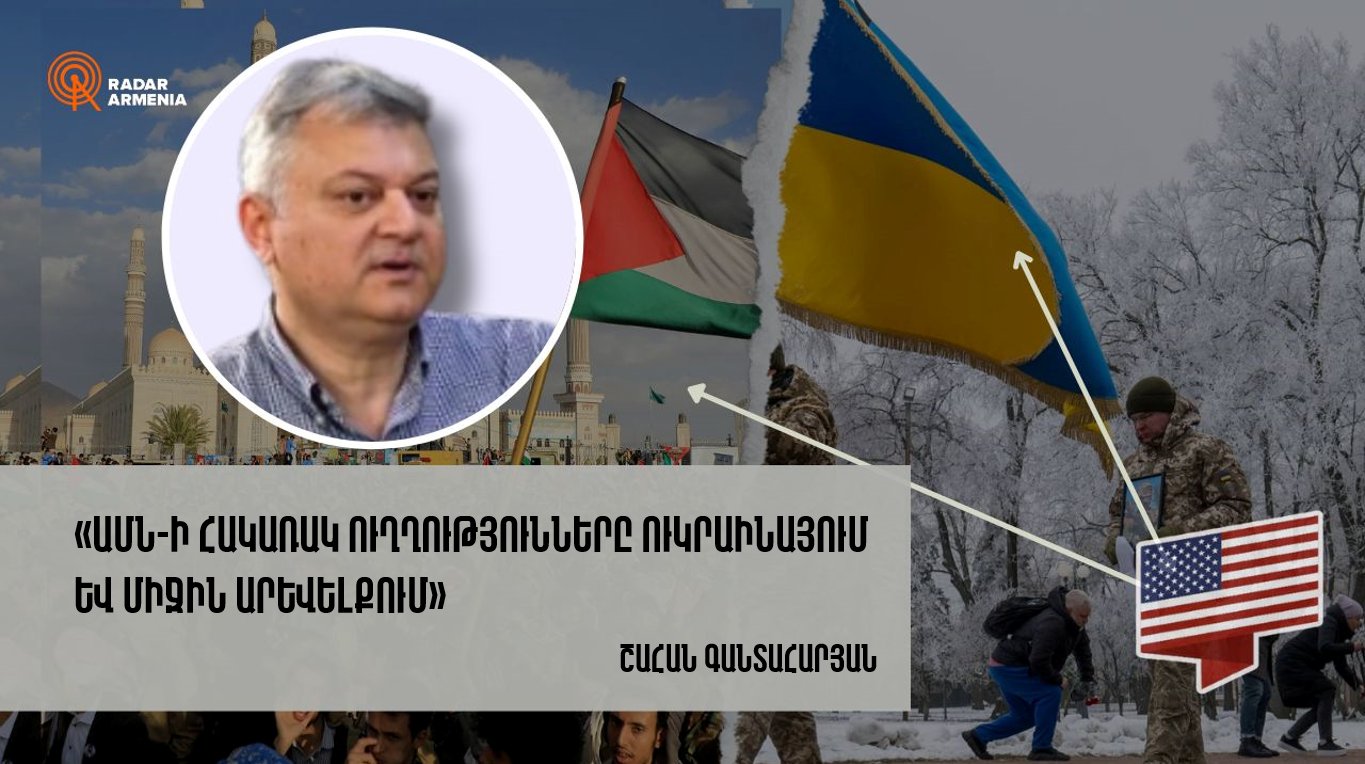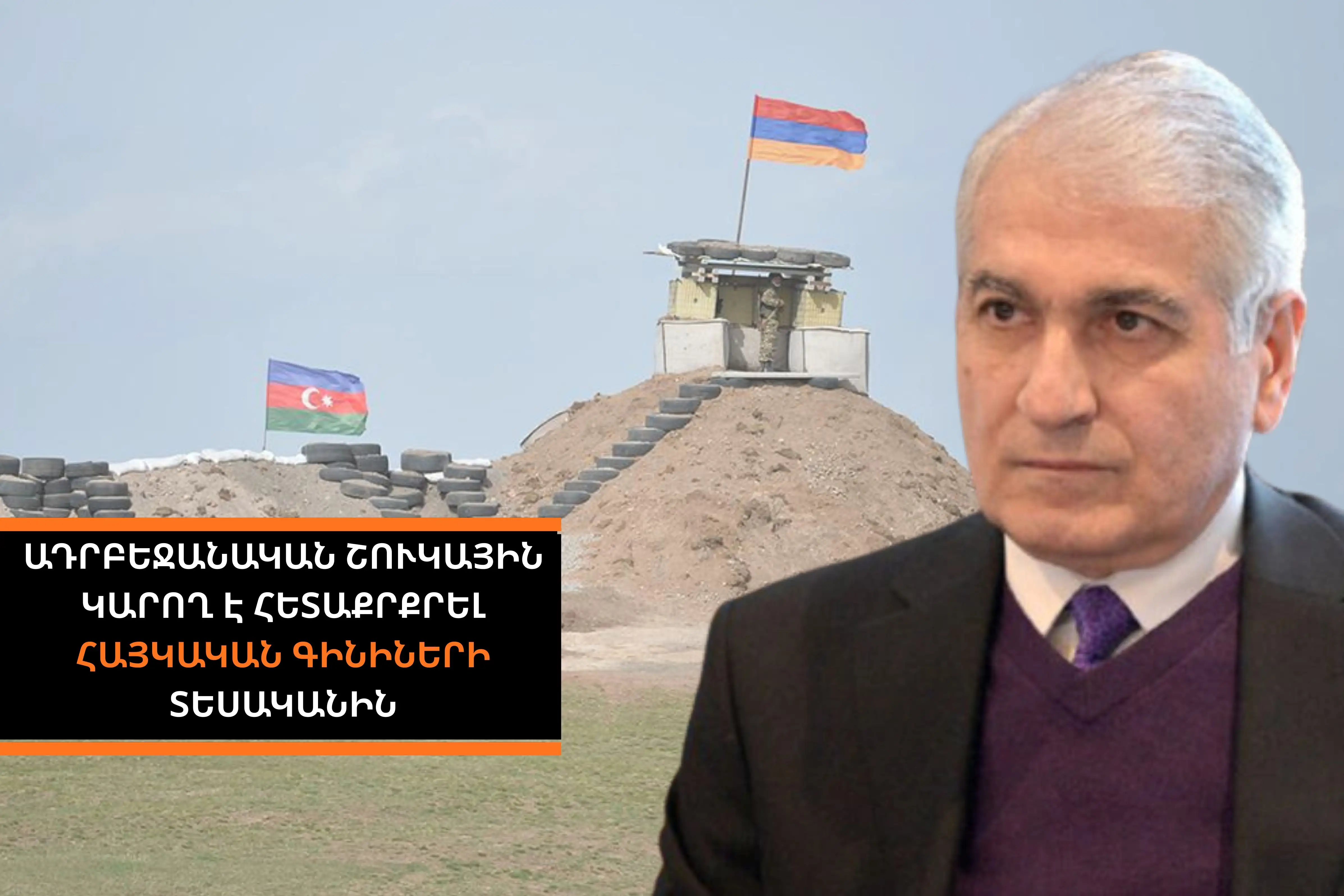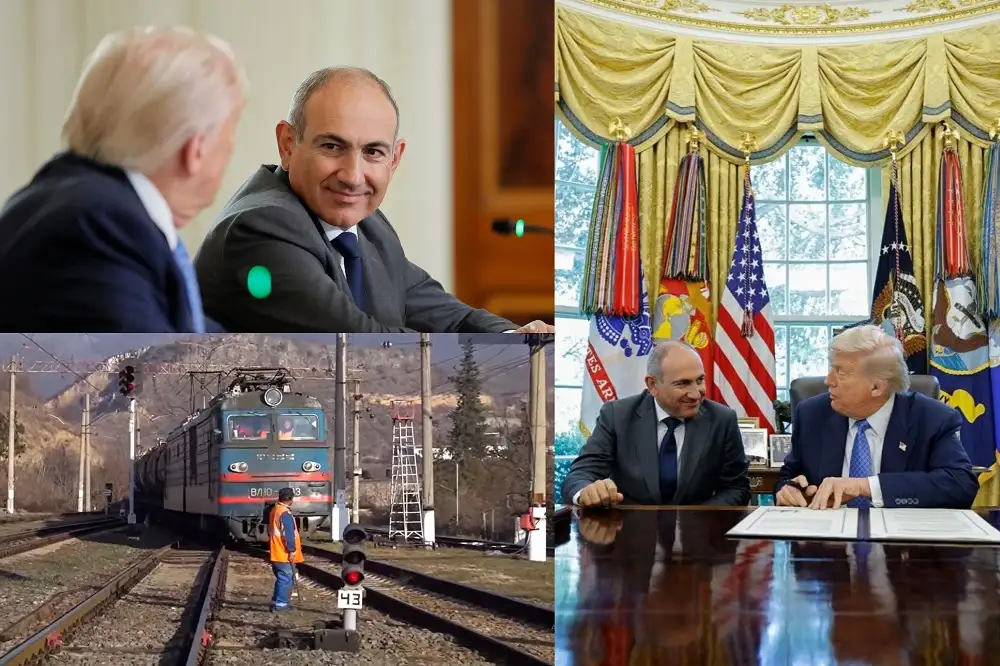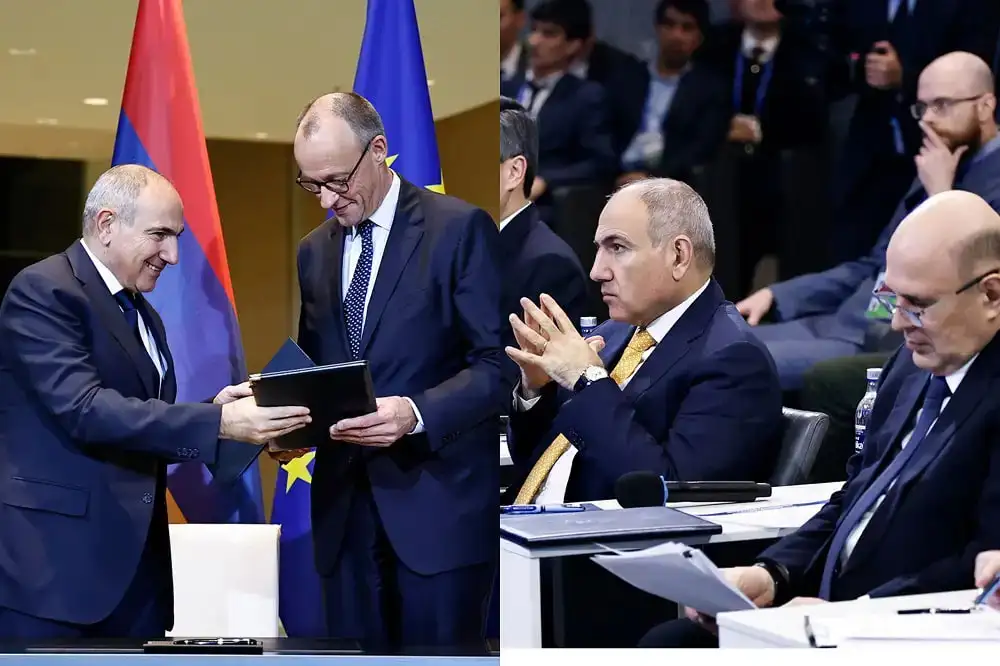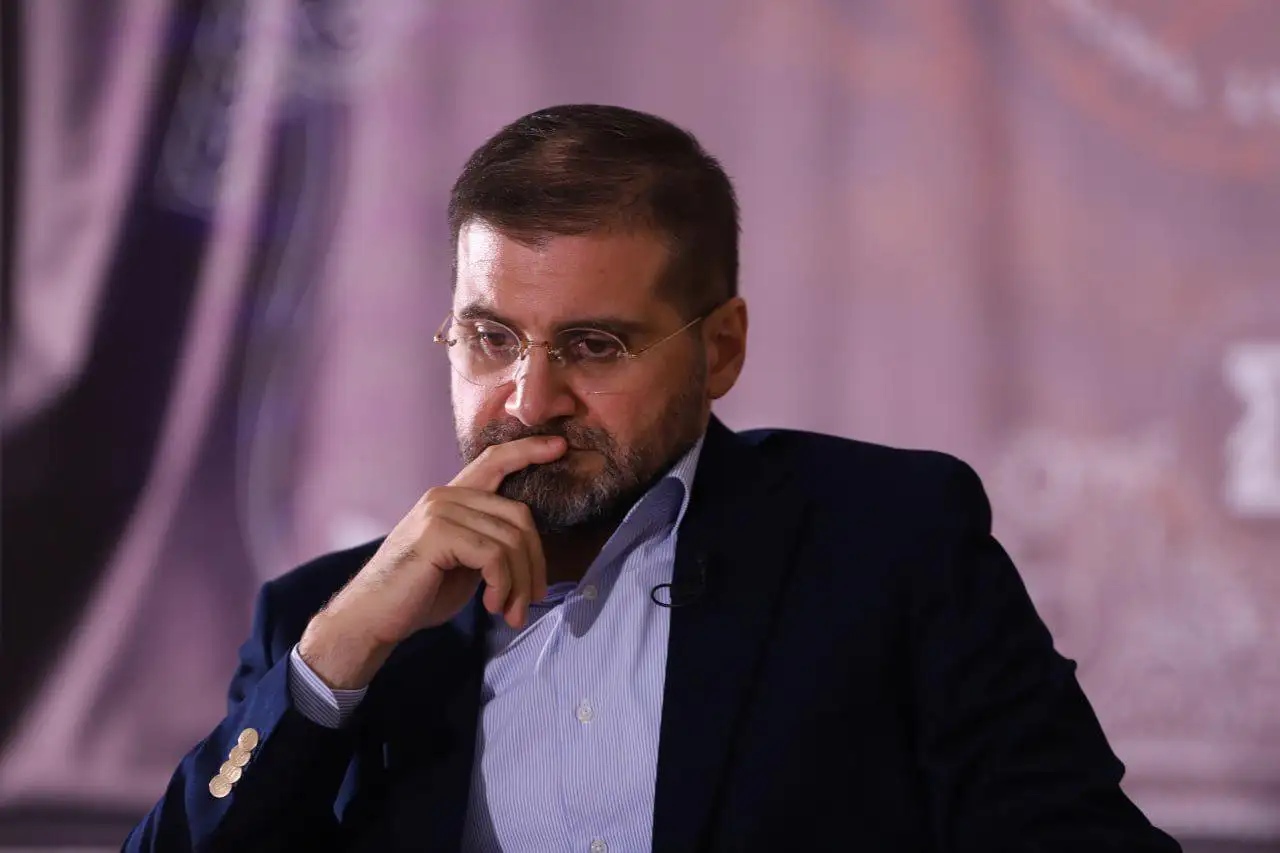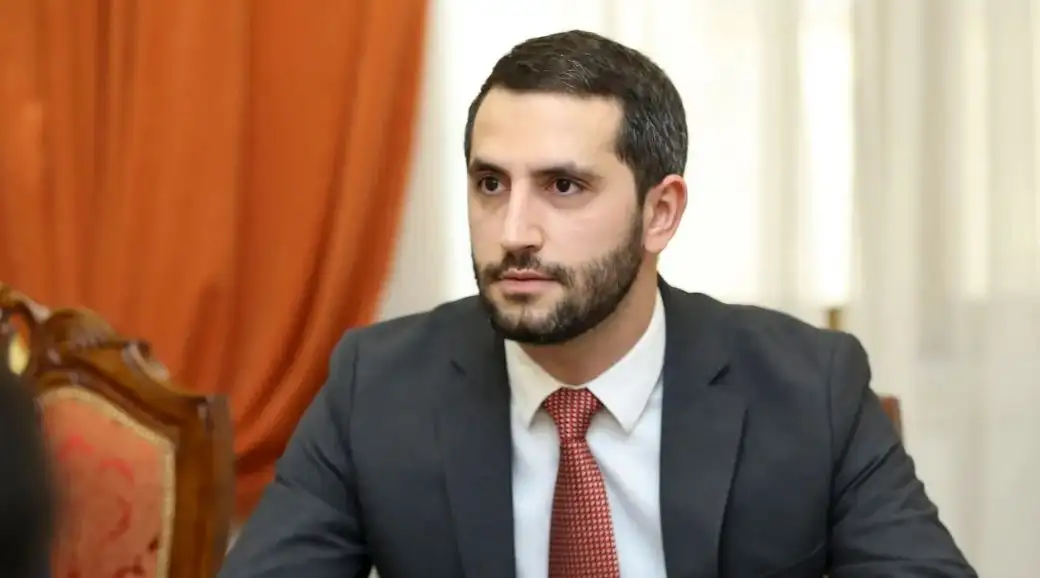The interlocutor of Radar Armenia is Shahan Gantaharyan, an international scholar.
- How would you interpret Biden's permission to hit Russia with American long-range weapons?
- At first glance, it is noticeable that before handing over the power, Biden is trying to aggravate and almost nullify the Ukraine-Russia agreement. Parallel to this, there is an active diplomacy by the Biden government in the direction of establishing a ceasefire. In both regions, the US applies foreign policy in the opposite direction. These intentional processes depend on the institutions of the US deep state: the National Security Council, the Pentagon, foreign intelligence, and similar structures. The USA is taking a step towards escalating the situation in the direction of Russia.
- The Russian Federation hit the Dnipro plant with the "Oreshnik" system. Putin announced that Russia reserves the right to use weapons against the targets of countries that allow their guns to be used against Russian targets. To whom is this statement of his addressed?
- Medium-range missiles, intercontinental missiles, changes in the nuclear concept, and some of the statements and steps taken on such capacious topics speak of the prerequisites for a new round of war. All these messages may register a new escalation with a certain unpredictability. Of course, there is a logic that such steps or threats can also have a deterrent factor. In this case, it is difficult to conclude the events' direction. What is clear is that the war is entering a new phase.
- Will those countries, in particular the USA, which is helping Ukraine, hear Putin's statement and continue their support, deepening the war, or will there be other developments?
- The strategy of the USA is to keep Russia engaged in a long-term attrition war and not in an open and ending war at once. A centralized, localized version of modern world warfare characterizes the world system. By and large, the war in Ukraine is a variant of the US-Russian proxy war, which, on the one hand, involves other Western countries in terms of military and financial support, and on the other hand, North Korea and other countries in the military form.
- In your opinion, how far can the parties, Putin and Zelensky, go? After the use of intercontinental ballistic missiles, the next step will not be to strike with nuclear weapons.
- The possibility of using nuclear power is not excluded. It already implies crossing all the red lines. Nuclear will only work if it is not guaranteed. Such a scenario of the development of cases can lead to self-destruction results. However, other circumstances for this speak of continuing the military status quo. Even the status quo has formed a completely different panorama. NATO has reached the borders of Russia.
- And do you see a solution in this situation? What kind of solution is possible?
- At this point, the process is convincing that the war will continue in a grueling, hybrid, creeping, one-by-one, long-range strike-capable form, at least until the middle of January or the beginning of the term of office of the new US president. After that, it can continue with the same weight.
Hayk Magoyan




